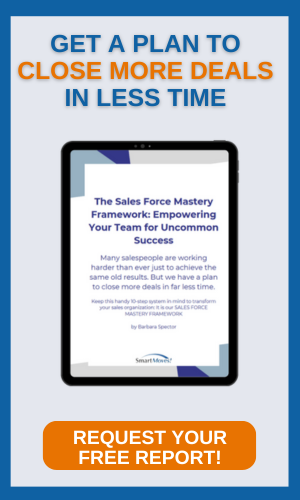
It’s usually easy for leaders to identify new initiatives for a given quarter. Whether it’s launching a product or meeting an aggressive sales goal, these are the objectives that get all the attention in the organization. They’re fresh and urgent, and people are excited to work on them. I call them initiative goals. (More on the other type—sustaining goals—in a moment.)
Setting initiative goals is critical to keeping the company moving forward, but they can present a few challenges:
1. It’s tempting to set too many initiative goals.
A fired-up CEO might go into January wanting to roll out a new service offering, revamp an older service, expand into the Canadian market, hire two new executives, and close an acquisition—all in Q1. Those may all be promising opportunities, but trying to hit them at once is way too much. The team is likely to achieve just a couple, and everyone will feel psychologically deflated when they miss the rest.
2. Initiative goals can divide work into “cool” and “boring.”
Because initiative goals get all the attention, they can create two classes of employees: those who get to work on the cool new stuff and everyone else—the people who have to do the same old work, day in and day out, just to keep the doors open. This situation can cause a significant level of resentment, as some employees feel that their non-initiative work isn’t important or recognized.
3. Initiative goals can divert attention away from core operations.
A plate spinner who lets most of his plates fall while he focuses on getting a couple more up doesn’t have an act. Likewise, a team that switches gears and gets absorbed in a new project while letting core operations slide isn’t going to have net high performance—especially if the initiative goal doesn’t turn out well.
How does a leader avoid these pitfalls? In my career as CEO, I’ve done so by following two rules: first, to limit the number of initiative goals we set in a given quarter, and, second, to always pair initiative goals with sustaining goals.
Limit initiative goals to one or two in a given quarter. In most circumstances, anything more than that becomes unmanageable. It’s true what they say: if everything is a priority, nothing is a priority. Bite off a reasonable initiative or two, and then let your team go after it with focused effort.
Pair your one or two initiative goals with several sustaining goals. Once you have your initiatives determined, set a few goals around the core operations that are especially important to maintain or improve this quarter—four or five is a good number to aim for. It would be impossible to capture everything the organization does in its goals for the quarter; instead, use sustaining goals to highlight ongoing operations that are the strategically important right now, even if they aren’t part of a red-hot initiative. (One good way to surface these goals is to first set an organizational rallying cry.)
Here are some examples of sustaining goals: Maybe you set a goal to achieve a 15 percent profit margin and encourage everyone to seek ways to keep the company efficient. Or maybe you set a goal around improving customer satisfaction levels, allowing every customer-facing employee to contribute to that company priority.
In the companies I’ve run, I also set two standard sustaining goals each quarter, to ensure that all employees, no matter their function, are tied into the organization’s goal system. They are: (1) “Continuously improve operations,” under which each department sets a measurable operational-improvement goal, and (2) “Every employee completes a personal improvement goal,” which allows everyone to set a development goal for themselves—reading a work-relevant book, attending a training program, or something similar.
For companies that use Khorus, the process of setting and sharing goals (both sustaining and initiative) is simple: the CEO creates the goals in the platform, and then everyone else logs in and makes a plan for contributing to them.
When the process is easy and clear like this, it’s far easier to galvanize the team and help them get the right things done—whether it’s pursuing a cutting-edge opportunity or simply rethinking how to improve the work they’re already doing.





